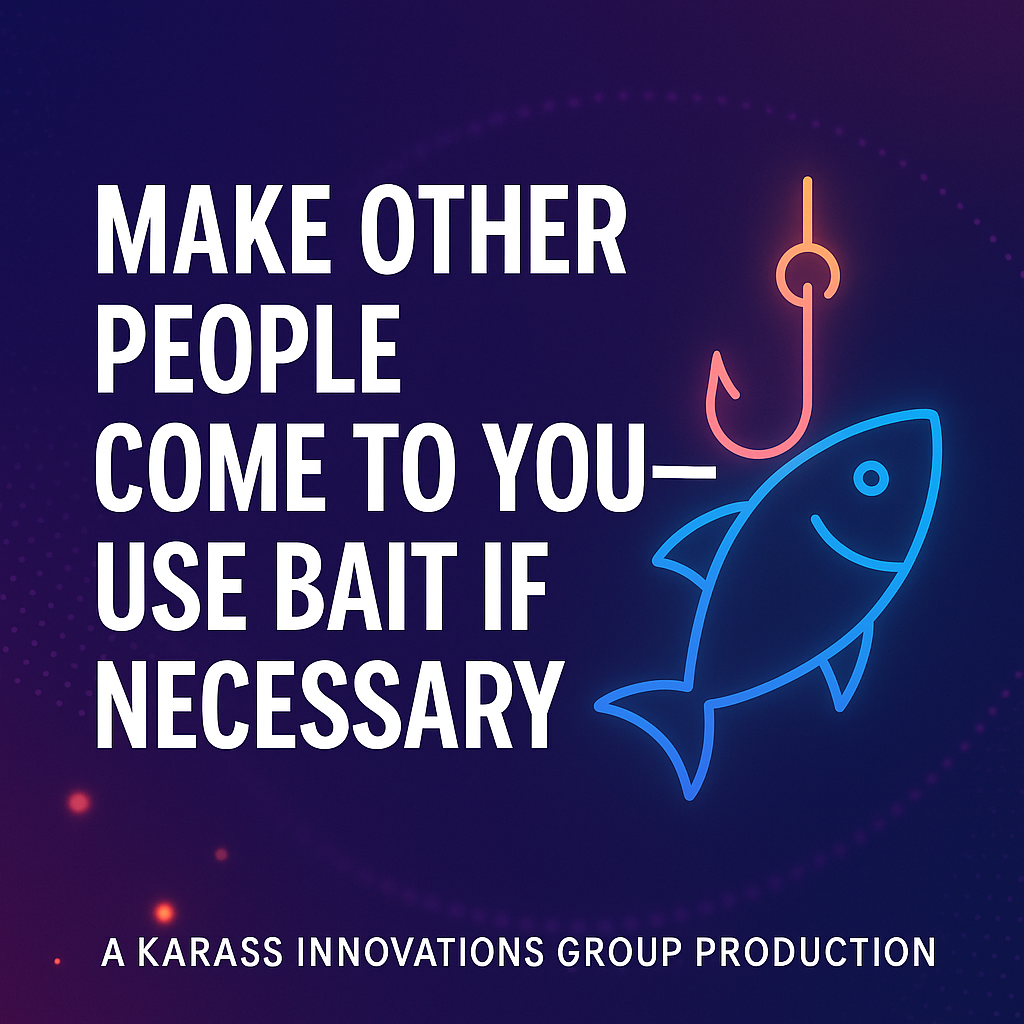Layered audits involve different management levels reviewing how well the MOS is being followed. From team leads to executives, ensure each layer reinforces expectations and addresses gaps systematically.
Layered Process Audits Keep Everyone Accountable (Part 2 of 3)
Layered Process Audits Keep Everyone Accountable (Part 1 of 3)
Closing Action Items Driving Execution and Productivity (Part 3 of 3)
Title: Drive Discipline in Closing Action Items
Description: A solid MOS breaks down without follow-up. Ensure action items from every meeting are logged, tracked, and closed. Build this discipline into your team culture, and you’ll see a significant uptick in problem resolution.
Timestamps:
00:00 – Introduction
01:15 – Defining the Purpose Of the Episode
03:45 – Industry Research
06:30 – Real-World Example
08:00 – Key Differences and Application
10:00 – Conclusion and Takeaway
Resources:
The Continuous Improvement Lab: https://www.karassinnovations.com/blog
Book: Shift Happens - How To Lead with Purpose and Discipline Every Day: https://a.co/d/0JZ8auW
Subscribe for more insights:
https://open.spotify.com/show/6MqoJ1aZM1VA5cgeWvjlnX?si=86901c0534b14403
https://open.spotify.com/show/3YqjoH6AZg7AdDYHyCwDY0?si=ecc12289b5e84f29
Connect with Us:
Website: https://www.karassinnovations.com
LinkedIn: linkedin.com/in/lenierjohnson
Meta:https://www.facebook.com/share/1AZorbNg72/?mibextid=wwXIfr
Substack: https://karassinnovations.substack.com
Bluesky: https://bsky.app/profile/karassinnovations.bsky.social
YouTube: https://youtube.com/playlist?list=PLDm1_im2u-gpFsTARP71ec11C2Z8xbEGV&si=4e6_5rdfoQIiT1Gu
#ContinuousImprovement #Podcast #ProcessExcellence #Leadership #Lean #SixSigma #TheContinuousImprovementLab #TheSystemThinkerShow #MOS #Management Operating Systems #Project2025 #Sludge #scottgalloway #karaswisher #AnthonyScaramucci
Closing Action Items Driving Execution and Productivity (Part 2 of 3)
Title: Drive Discipline in Closing Action Items
Description: A solid MOS breaks down without follow-up. Ensure action items from every meeting are logged, tracked, and closed. Build this discipline into your team culture, and you’ll see a significant uptick in problem resolution.
Timestamps:
00:00 – Introduction
01:15 – Defining the Purpose Of the Episode
03:45 – Industry Research
06:30 – Real-World Example
08:00 – Key Differences and Application
10:00 – Conclusion and Takeaway
Resources:
The Continuous Improvement Lab: https://www.karassinnovations.com/blog
Book: Shift Happens - How To Lead with Purpose and Discipline Every Day: https://a.co/d/0JZ8auW
Subscribe for more insights:
https://open.spotify.com/show/6MqoJ1aZM1VA5cgeWvjlnX?si=86901c0534b14403
https://open.spotify.com/show/3YqjoH6AZg7AdDYHyCwDY0?si=ecc12289b5e84f29
Connect with Us:
Website: https://www.karassinnovations.com
LinkedIn: linkedin.com/in/lenierjohnson
Meta:https://www.facebook.com/share/1AZorbNg72/?mibextid=wwXIfr
Substack: https://karassinnovations.substack.com
Bluesky: https://bsky.app/profile/karassinnovations.bsky.social
YouTube: https://youtube.com/playlist?list=PLDm1_im2u-gpFsTARP71ec11C2Z8xbEGV&si=4e6_5rdfoQIiT1Gu
#ContinuousImprovement #Podcast #ProcessExcellence #Leadership #Lean #SixSigma #TheContinuousImprovementLab #TheSystemThinkerShow #MOS #Management Operating Systems #Project2025 #Sludge #scottgalloway #karaswisher #AnthonyScaramucci
Closing Action Items Driving Execution and Productivity (Part 1 of 3)
Title: Drive Discipline in Closing Action Items
Description: A solid MOS breaks down without follow-up. Ensure action items from every meeting are logged, tracked, and closed. Build this discipline into your team culture, and you’ll see a significant uptick in problem resolution.
Timestamps:
00:00 – Introduction
01:15 – Defining the Purpose Of the Episode
03:45 – Industry Research
06:30 – Real-World Example
08:00 – Key Differences and Application
10:00 – Conclusion and Takeaway
Resources:
The Continuous Improvement Lab: https://www.karassinnovations.com/blog
Book: Shift Happens - How To Lead with Purpose and Discipline Every Day: https://a.co/d/0JZ8auW
Subscribe for more insights:
https://open.spotify.com/show/6MqoJ1aZM1VA5cgeWvjlnX?si=86901c0534b14403
https://open.spotify.com/show/3YqjoH6AZg7AdDYHyCwDY0?si=ecc12289b5e84f29
Connect with Us:
Website: https://www.karassinnovations.com
LinkedIn: linkedin.com/in/lenierjohnson
Meta:https://www.facebook.com/share/1AZorbNg72/?mibextid=wwXIfr
Substack: https://karassinnovations.substack.com
Bluesky: https://bsky.app/profile/karassinnovations.bsky.social
YouTube: https://youtube.com/playlist?list=PLDm1_im2u-gpFsTARP71ec11C2Z8xbEGV&si=4e6_5rdfoQIiT1Gu
#ContinuousImprovement #Podcast #ProcessExcellence #Leadership #Lean #SixSigma #TheContinuousImprovementLab #TheSystemThinkerShow #MOS #Management Operating Systems #Project2025 #Sludge #scottgalloway #karaswisher #AnthonyScaramucci





